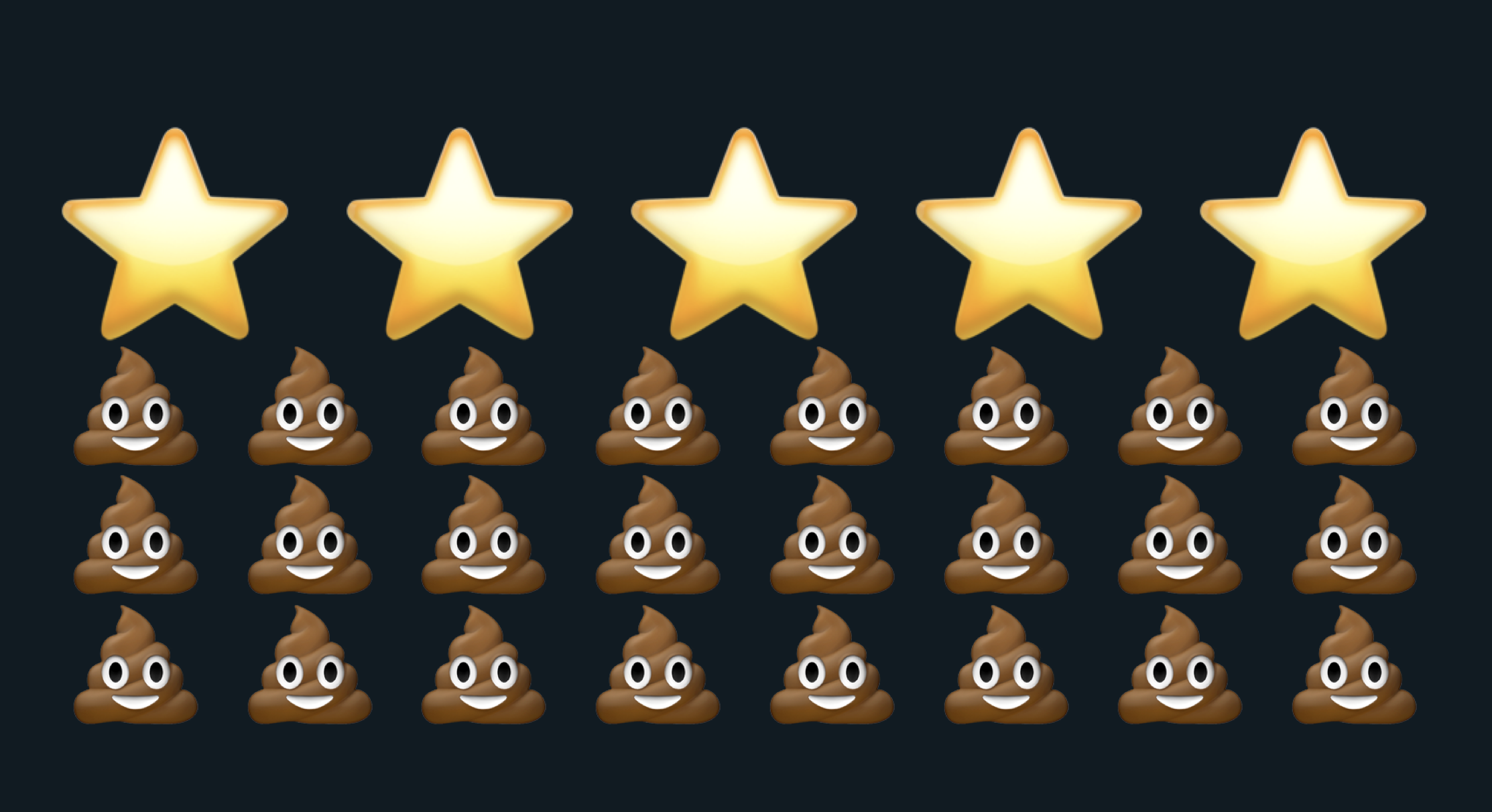3 Reasons Why Your Integrations Might Be Worthless
Every SaaS company I talk to wants to build integrations, and for good reason, too. When done right, integrations extend the possibilities of your app, keep customers happy, and offer great opportunities for partnerships with other SaaS companies. Yet, there’s more to successful integrations than slapping some APIs together.
These three issues are the most common reasons your integration efforts may fail:
- Nobody knows about them
- You’ve chosen quantity over quality
- You don’t support them
Let’s dig into what causes these issues and what you can do about them.
1. Nobody Knows About the Integrations
There’s a reason I’m writing this to an audience that includes engineers. For starters, I’m one myself. I know how easy it is to get caught focusing only on the code. You spend most of your time building The Thing and hardly any time telling people about The Thing.
Engineering time is required to completely build a integration. Marketing time, though, is where you make the project successful.
Marketing doesn’t have to be an icky term. It can be as simple as letting someone know the integration exists. It can be as magical as sharing how your code and API calls can vastly improve their lives.
How to make sure your current (and future) customers find out about your integrations:
- Have a launch plan. At a minimum, you should tell the customers who asked for this integration that it's finally here. You can also send emails to the subset of your customers who use your product's features that go best with the integration you’re launching. Have a way for your best customers to opt in to hearing the latest updates–some people want to know about everything new.
- Coordinate with the integration partner. By connecting your app to someone else’s, you are also giving them something to share with their customers. Plan the launch together so all of the right people hear about it–both your existing mutual customers, and those who'd never heard of your app before.
- Think beyond launch day. Look for ways to bake in discovery of the integration. Include your integrations in onboarding materials and help docs for both partners. Create an integrations page that includes all the ways customers can extend your products.
I hate seeing talented engineers waste weeks or months on an integration that nobody will ever use. Make sure you spend some time thinking about how users will discover the integration–on day one and on an ongoing basis.
2. You've Chosen Quantity Over Quality
One of the common reasons integrations go without promotion is that you’ve moved on to building the next one. With 750+ apps on Zapier, we understand the appeal of integrating with lots of apps. More integrations feels like more chances to say yes to customers and more marketing opportunities to reach new users. While that can be the case, you’ll help more people in the long run when you build a quality integration.

You don’t want to simply attract someone to the integration through sleight of hand with a bunch of logos. You want to keep them in the seats long-term, so you need to steer them toward success. As I wrote in 9 Lessons Learned Launching Integrations With 750+ Apps, don’t chase logos.
Remember every integration you build yourself will impact many on your team for as long as you continue to provide it. You’ll need to market it to customers, support those who use it, and update it when APIs are changed or deprecated. Choose a few high-value integrations and do all of these things well.
Obviously, we’d like the Zapier developer platform to be one of the integrations you choose—it's one integration that gives you hundreds of integrations in one shot. We’ve managed to increase the quantity of apps over time and maintain high quality by including guidelines for making apps public. And we continue to invest into a team to handle review, migrations, and upkeep.
3. You Don't Support Integrations
If you nail #1 and #2, you may have some early success. To keep that going long-term, you need to support your integrations in every sense: Answer user questions, update integrations and documentation when things change, and listen to what else users would like to accomplish. In other words, you need to treat your integrations as core to your product.
In fact, in the eyes of your customers, integrations are part of your product. Give integrations the same level of support you provide for your primary product. That means helping customers get started with integrations or troubleshoot the connection. It’s worthwhile effort, because customers with integrations are less likely to churn. Help your customers connect to the other apps they rely upon.

Once your users are dependent on an integration, you’ll want to make sure it still works like intended. As the other app changes, you’ll want to make updates with new features or to adopt the latest version of the API. Like any code, an integration needs engineering support. If you let it become stale, you’ll either get many more questions from users or they’ll just stop trying to use it altogether. Either of these is a shame to have, and will waste the hard work you put into a successful integration.
One of the best ways to know what you need to update about an integration is to listen to users. Look back at support conversations for problems users mentioned, or track integration bugs and issues like you do feature requests for your other products. For all of our integrations, we maintain a list of feature requests internally and share them with partners so they know what our mutual customers are looking to accomplish.
Everyone is better off when we build worthwhile integrations. Remember that this goes beyond writing solid code. You also need to tell people about your integrations and listen to their feedback. You can only handle that level of intensity for so many integrations, so pick the ones that are the highest value, and aim to make them really, really good.
Don’t put up with worthless integrations. Fix these three issues and you’ll have happier users and great partnerships, too.
Comments powered by Disqus